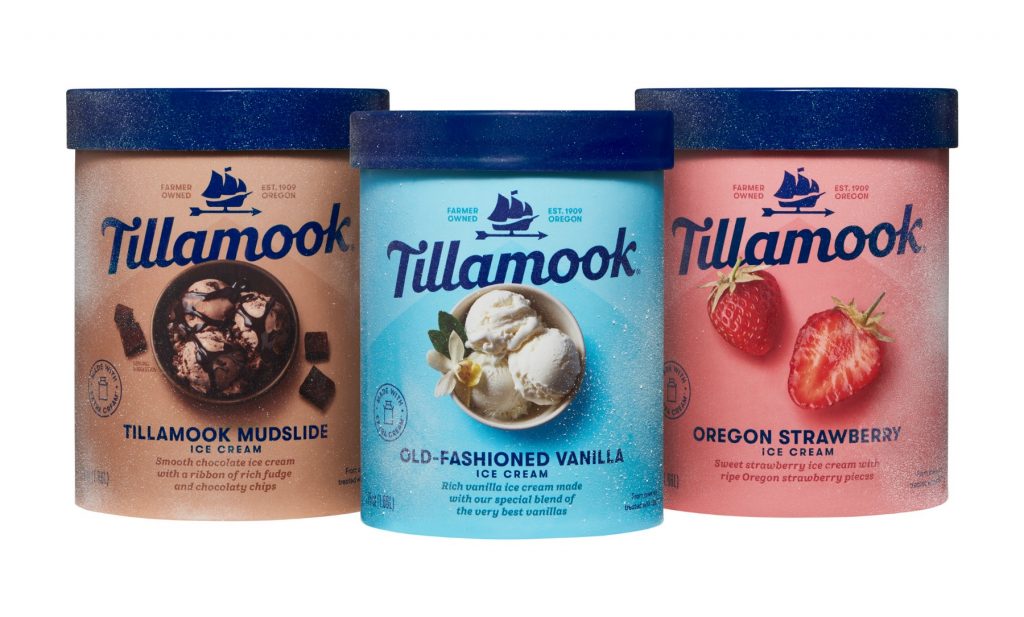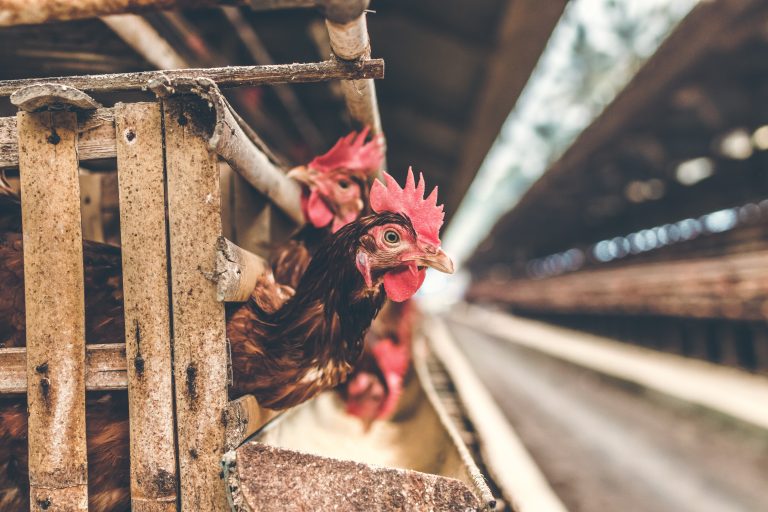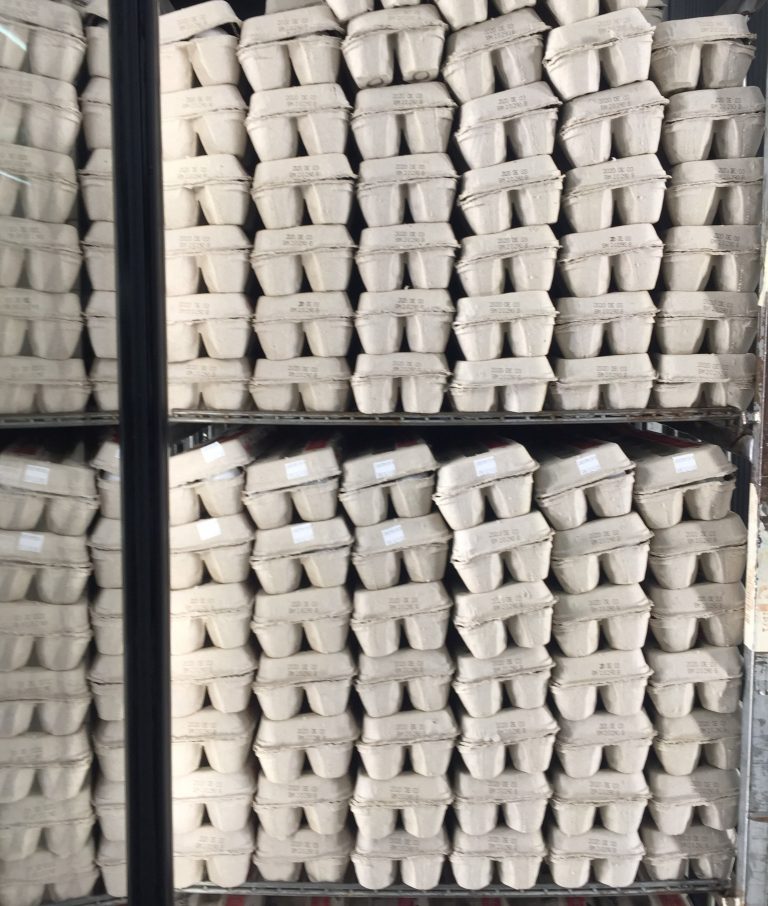Companies Confront Rising Costs by Reducing Packaging

The pandemic led to widespread disruptions across the world’s supply chains, leading to inflation and higher prices for many commodities. In response to these increasing costs, some companies have elected to reduce the size of their packaging rather than raise prices. For instance, Walmart shrank its Great Value paper towel rolls from 168 sheets to 120 sheets while the Tillamook County Creamery Association reduced its family sized ice cream containers from 56 ounces to 48 ounces.
“Consumers check the price every time they buy, but they don’t check the net weight,” said consumer advocate and attorney Edgar Dworsky, who has tracked changes in product sizing for more than 30 years. “When the price of raw materials, like coffee beans or paper pulp goes up, manufacturers are faced with a choice: Do we raise the price knowing consumers will see it and grumble about it? Or do we give them a little bit less and accomplish the same thing? Often it’s easier to do the latter.” Other companies plan to do the former, such as Kimberly Clark which will raise prices on Scott paper towels, Huggies diapers, and other home goods by 4 to 9 percent.
The lawn and garden care company Scotts Miracle-Gro will similarly mark up prices in September due to ever-increasing costs. “Every raw material we’re buying right now is at a materially higher cost than we planned,” said Scotss Miracle-Gro CEO James Hagedorn. “Distribution costs are higher, too. So we’re going to do what we need to… to keep our business healthy.” All told, prices of consumer goods were 4.2 percent higher in April 2021 compared to the previous year. Experts say that shoppers may have to get used to checking the weights listed on everyday products to ensure they are getting a good deal in the future. “Most people know more or less what a box of cereal — or a container of ice cream or a package of coffee — should cost,” said Harvard University marketing professor John Gourville. “But ask them how much is in a box, and they’re relatively clueless. That’s not something they pay attention to.”
Discussion/Questions:
- Why are some companies reducing the packaging sizes of their products?
- Will consumers demand more or less packages of products with reduced sizes and quantities if prices remain the same? Why?
Source: Abha Bhattarai, “One Way Companies Are Concealing Higher Prices: Smaller Packages,” The Washington Post, June 1, 2021. Photo credit: Publix.













